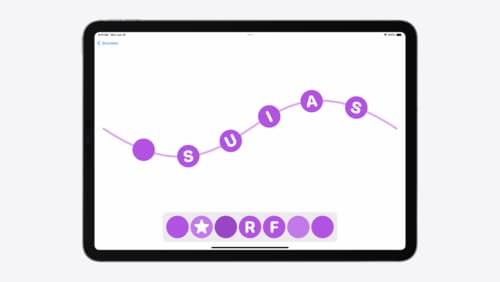How can i move from uikit to swiftui
Asked on 2024-09-07
1 search
To move from UIKit to SwiftUI, you can take advantage of the seamless interoperability between the two frameworks. Here are some key points to consider:
-
Interoperability: SwiftUI provides a way to integrate UIKit views into SwiftUI using
UIViewRepresentableandUIViewControllerRepresentable. This allows you to use existing UIKit components within a SwiftUI view hierarchy. Conversely, you can embed SwiftUI views into a UIKit view hierarchy usingUIHostingController. -
Animations and Gestures: With iOS 18, you can use SwiftUI animation types to animate UIKit views, allowing for more fluid and gesture-driven animations. This makes it easier to build interactive and visually appealing interfaces by leveraging SwiftUI's animation capabilities in a UIKit context.
-
Incremental Adoption: You can start by incorporating SwiftUI into parts of your existing app, such as new features or specific views, while maintaining the rest of your app in UIKit. This approach allows you to gradually transition to SwiftUI without needing to rewrite your entire app.
-
SwiftUI's Advantages: SwiftUI is designed to be more declarative and functional, which can simplify the process of building user interfaces. It handles many details automatically, such as dark mode and dynamic type, and allows you to focus on describing the UI you want.
For more detailed guidance, you can refer to the Platforms State of the Union session, which discusses SwiftUI's capabilities and its integration with UIKit.
Relevant Sessions

Platforms State of the Union
Discover the newest advancements on Apple platforms.

Enhance your UI animations and transitions
Explore how to adopt the zoom transition in navigation and presentations to increase the sense of continuity in your app, and learn how to animate UIKit views with SwiftUI animations to make it easier to build animations that feel continuous.

Migrate your TVML app to SwiftUI
SwiftUI helps you build great apps on all Apple platforms and is the preferred toolkit for bringing your content into the living room with tvOS 18. Learn how to use SwiftUI to create familiar layouts and controls from TVMLKit, and get tips and best practices.
